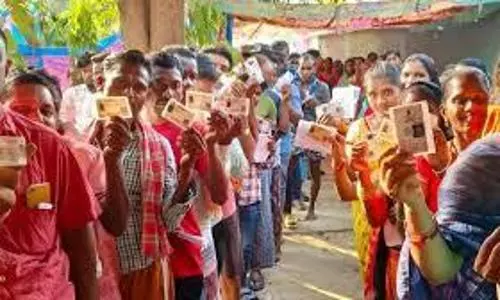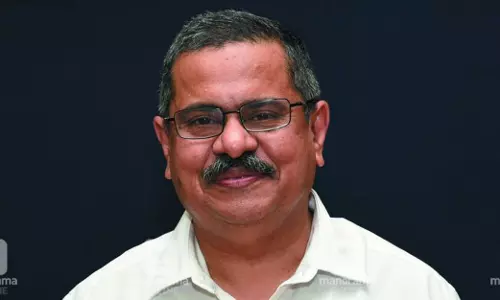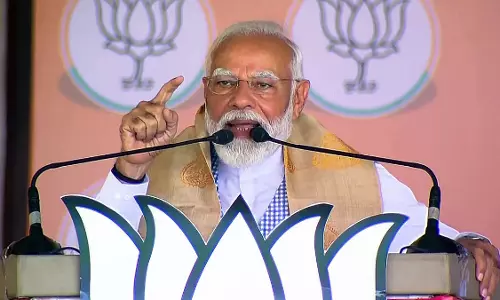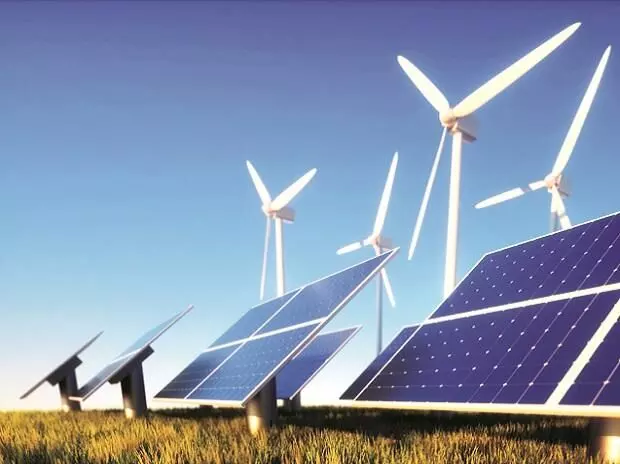
Draft open access norms may improve cash flows for renewable projects: Crisil report
text_fieldsMumbai: The rating agency Crisil in a report said that the Draft Electricity (promoting renewable energy through Green Energy Open Access) Rules, 2021, announced by the Ministry of Power, if implemented as it is, could improve the certainty of cash flows for new renewable energy projects coming up through this route.
The draft rules aim to provide clarity on such open access charges - including, inter alia, cross-subsidy surcharge (to compensate discoms for loss of high paying C&I consumers), additional surcharge (to recover the fixed power purchase cost for stranded assets), and banking charges (for consuming energy on a later date) - and will help streamline the overall approval process to improve the predictability of cash flows for renewable power producers, the report released last week said.
In India, power distribution happens through three modes - state distribution companies, captive sources and open access. Under the open access route, which had a total installed capacity of 11 GW as of March 31, 2021, renewable power producers sell electricity directly to commercial and industrial (C&I) consumers. These consumers pay open access charges to state distribution companies (discoms). Such open access projects are hobbled by state-level policy changes that make returns uncertain.
The ministry has sought feedback on the rules from stakeholders, including state regulatory bodies and discoms.
Meanwhile, state regulators haven't been fully backing open access projects fearing their discoms would lose high-tariff paying C&I customers. Consequently, they raise a levy of cross-subsidy and additional surcharges or change banking provisions by removing/lowering the banking period.
Since renewable projects have a lifespan of 25 years, uncertainty around open access charges and tightened banking norms make project returns more vulnerable, thereby influencing the viability of these projects.
For instance, some of the key states having a majority share of open access capacities have levied cross-subsidy and additional surcharges of Rs 1.5-2.0 per unit - on average - in the past three fiscals. On the other hand, some states have either removed or lowered the banking period, which affords the flexibility to developers (to bank their unsold power with discoms if the offtake of a C&I consumer is affected for a few days).
Ankit Hakhu, Director, CRISIL Ratings, said: "Every 10 paise increase in cross-subsidy and additional surcharges results in a 150 basis points (bps) reduction in returns for open access project developers. Reducing the banking period with state discoms increases the risk to the revenue of developers if the offtake by C&I consumers is affected for a few days."
Open access projects also face hurdles related to timely approvals and states reneging on policy support. For instance, developers faced approval delays in Uttar Pradesh, Chhattisgarh and Maharashtra, while Karnataka, Haryana and Maharashtra have tried to change their policy support features.
The draft rules propose to address these issues. The document states that cross-subsidy surcharge should not be increased by more than 50 per cent for a 12-year period from the date of project commissioning. Also, any additional surcharge cannot be levied on these projects. This is to ensure predictability on open access charges and thus the cash flows of developers.
The draft rules also propose to limit how much power can be banked with state discoms - up to 10 per cent of the annual consumption of the consumer. This will allow the C&I consumer to draw banked power from discoms later, thereby providing some stability to the cash flows of developers.
Further, a central nodal agency is to be set up to streamline the approval process. All open access applications have to be submitted on the agency's portal and subsequently routed to the state nodal agency for approval. If approval is not granted within 15 days, the application will be deemed approved subject to the fulfilment of the technical requirement to ensure the timely execution of these projects and minimise any risk of cost escalations.
























